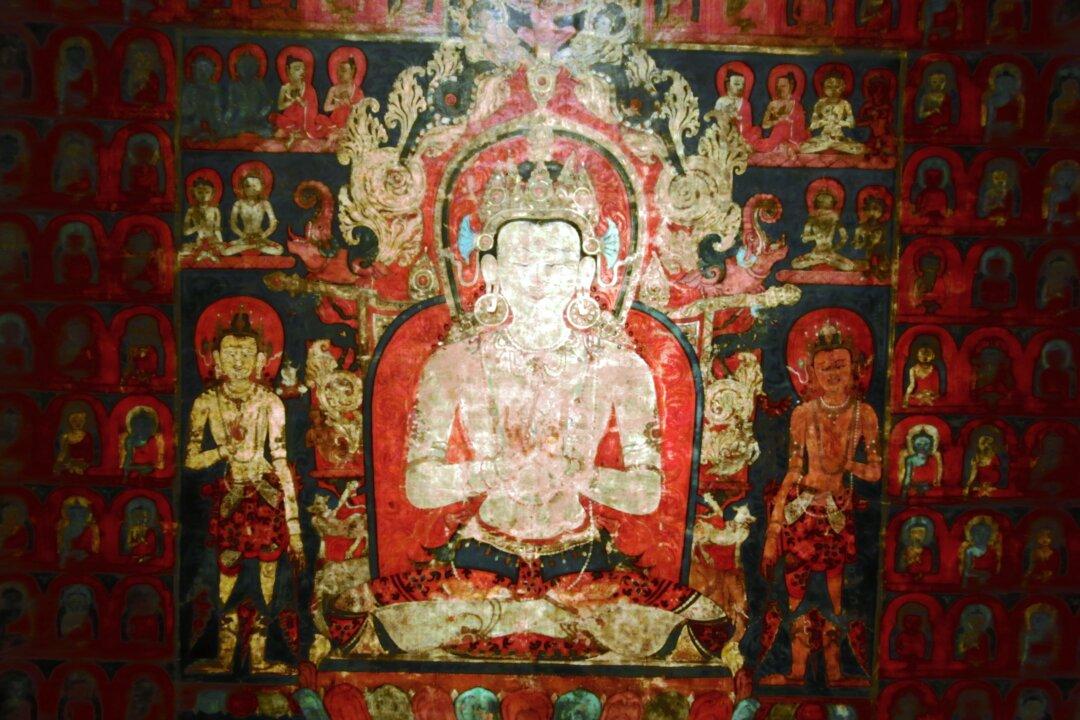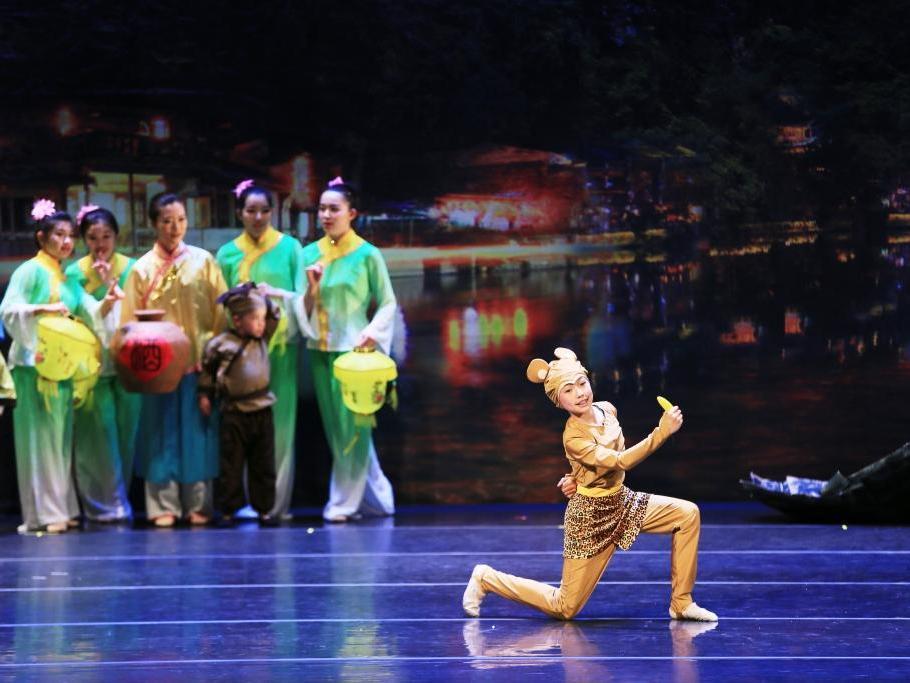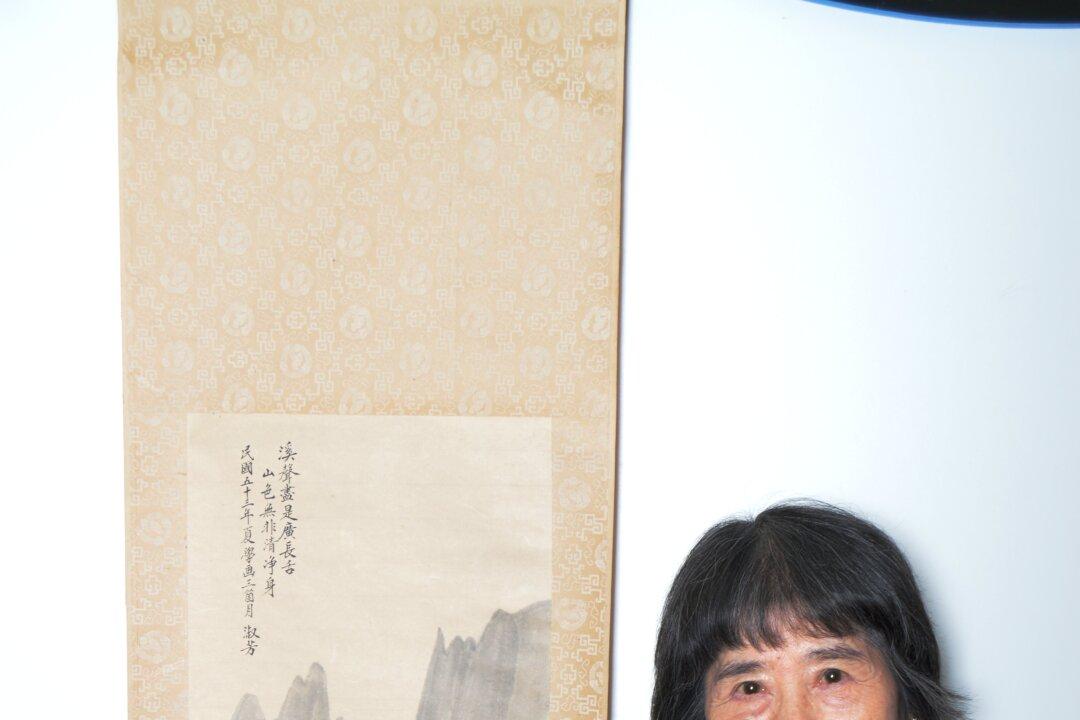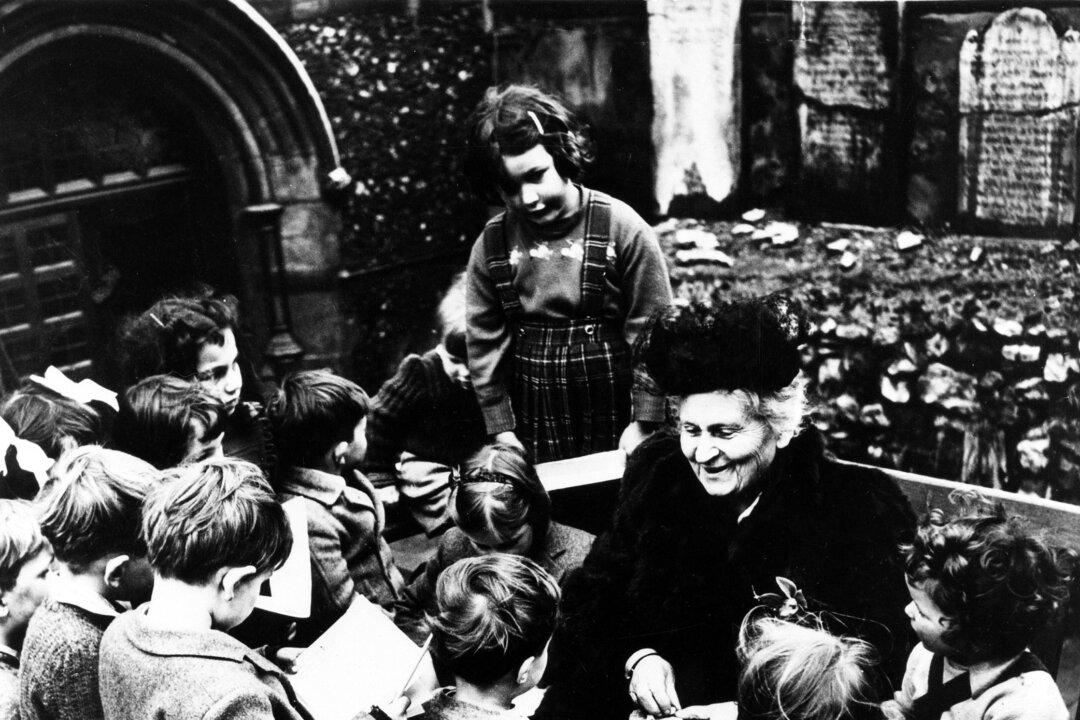SAN FRANCISCO—When entering the mandala-like exhibition currently presented at the Asian Art Museum, worlds of history and meaning draw the visitor in.
The thematic exhibition, Enter the Mandala: Cosmic Centers and Mental Maps of Himalayan Buddhism, installed through Oct. 26, showcases religious sculptured works and paintings from various Asian regions. A gallery in the museum has been fashioned into the form of a three-dimensional mandala for the exhibit.
Mandalas are rich with details and significance. Correspondences of colors, directions, animals, and the five elements constitute the visualized world of Vajrayana practitioners, who aim to purify their mind of worldly “poisons.”
Buddha Ratnasambhava, for example, is colored yellow, resides over the southern regions, and transforms pride into the wisdom of equality. He is shown in the exhibition on a 14th-century painting from Tibet.
Vajrayana Buddhism, translated in the exhibition as “Lightning Vehicle” refers to the Buddhas of five directions.
Paintings of crowned directional Buddhas in four glass cases are arranged around a gilded-copper work from Nepal. They mark the five directions and invite the viewer to experience this imitation of a mandala. While actual mandalas serve as a model for one’s visualization, the exhibit enhances this basic idea with a mandala-like pattern on the floor and gently dimmed light.
Next to the painting of the Buddha of the south, two other Tibetan paintings of the same set each depict a directional Buddha. The remaining two Buddhas are a reproduction of a painting from Honolulu and a painting in a different but contemporary style from Japan.
Each of the exhibit’s core paintings shows one of the directional Buddhas surrounded by smaller images of all the five directional Buddhas. “Each sector of the mandala is therefore represented by this one painting, and the whole is present in its parts,” an information panel of the exhibit states.
Traditionally, experiencing the mandala’s sacred sphere, and also a temple, is begun from the east. Buddha Akshobhya, who is said to transform hatred into insight, is represented by dark blue; his animal is the elephant.
After a clockwise journey through south, west, and north, the visitor meets with the Buddha of the center, Vairochana, “The Radiant One,” also called “Sun Buddha,” whose corresponding color is white.
Visitors can experience “Enter The Mandala” from March 14 to Oct. 26 at the Asian Art Museum in San Francisco. For more information, visit here.
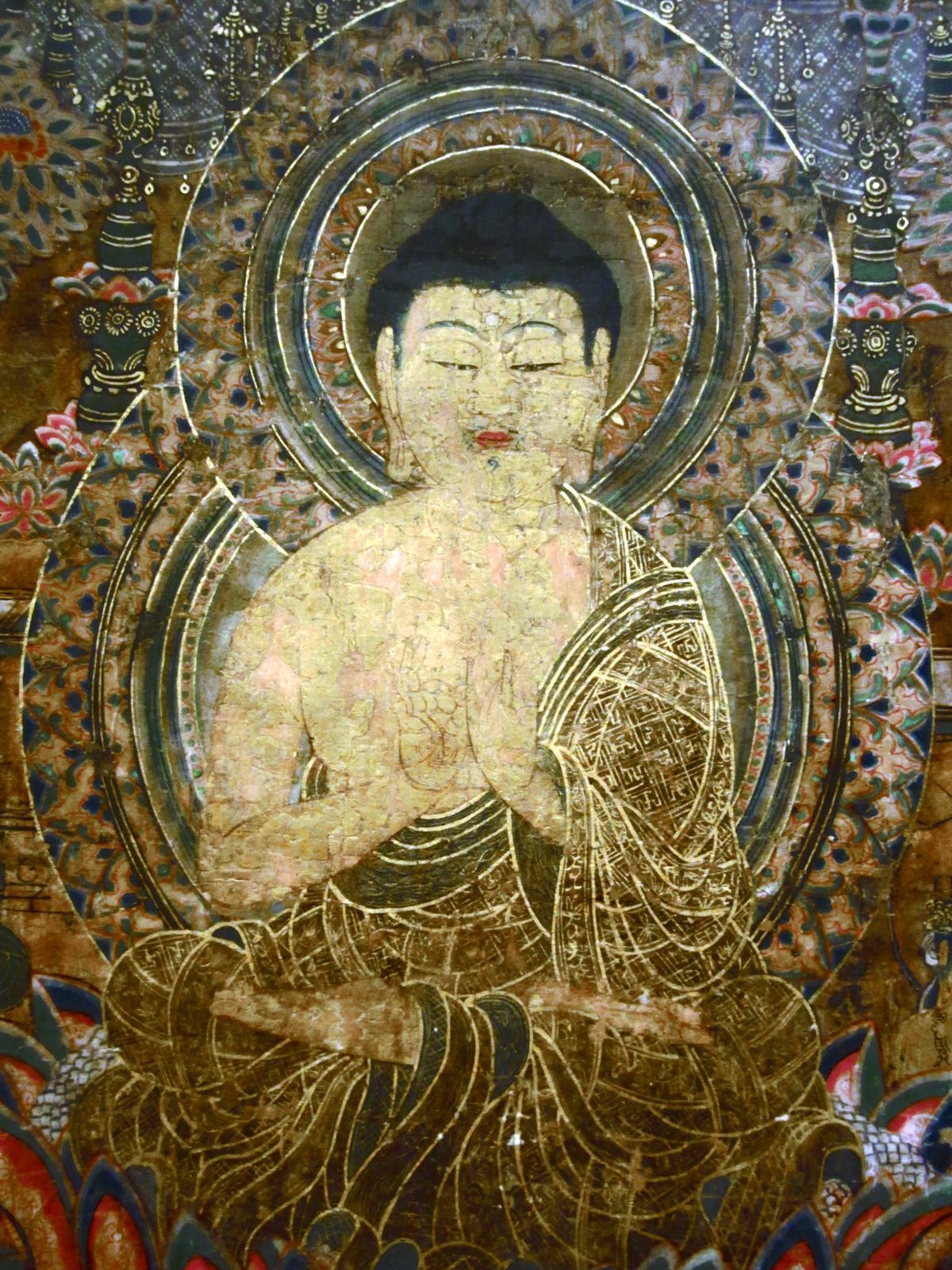
A current exhibition at the Asian Art Museum shows Amitabha, the Buddha of the Paradise of Ultimate Bliss, in a painting from Japan. Amitabha, Buddha of the west, 1300–1400, Japan, ink, colors, and gold on silk, detail. (Cornelia Ritter/Epoch Times)

